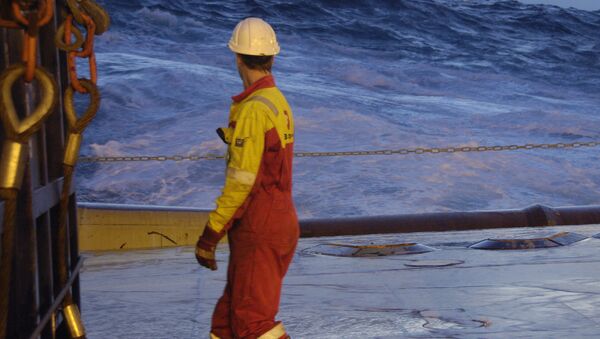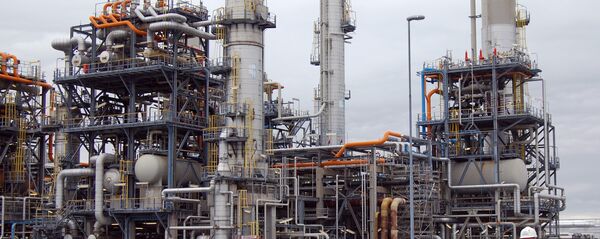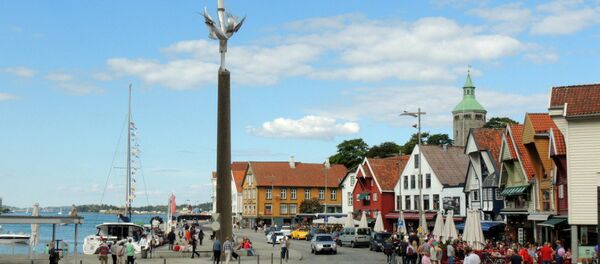Norwegian manufacturers would prefer a continually weak krone to oil prices of $100 and over. High currency valuations would make Norwegian goods less competitive, Knut Sunde, director of the Federation of Norwegian Industries (NI), told Aftenposten.
"In the wake of the decline of the price of oil, we've got ourselves an exchange rate that has been very pleasant for industry. In isolation, this has boosted competitiveness and profitability," Knut Sunde said.
In recent years, Norwegian export companies have experienced an unprecedented price due to the bullish Norwegian kroner. Many Norwegian export companies find foreign trade figures from Statistics Norway (SSB) affirming. At the height of the financial crisis of 2009, merchandise exports from the country totaled 305 billion NOK ($36.7bln), only to rise by a third to 404 billion NOK ($48.7bln) in 2015 due to the marked deprecation of the krone, which lost 17.5 percent between 2013 and 2015.
"The underlying effects of the weak krone are positive. About 85 percent of our production is exported, and a weak krone therefore strengthens our competitiveness," Olav Holst-Dyrnes, CEO of the country's largest furniture manufacturer Ekornes told Aftenposten.
"In the long term, we must nurture greater competitiveness apart from oil business," Øystein Olsen said in his annual speech, as quoted by Aftenposten.
Nevertheless, Knut Sunde argued that the krone is still at a satisfactory level, which is handy for basically all Norwegian industries with the natural exception of oil-reliant western Norway, where tens of thousands of jobs have disappeared.
At present, exports of oil and gas amount to approximately 47 percent of the total value of Norway's exports of goods. Exports of natural gas increased marginally in 2016. However, the export revenues decreased compared to 2015. Oil exports increased for the third consecutive year, yet yielded decreased export values compared to 2015 because of lower average prices.
Never miss a story again — sign up to our Telegram channel and we'll keep you up to speed!






